International exhibition on legendary Swiss architect will gain Lutyens twist for the UK
Le Corbusier, the legendary Swiss modernist starchitect of Ronchamp Chapel and Unite/d'Habitation in France, will be honoured by a blockbuster international exhibition in October as part of Liverpool's year as European Capital of Culture.
Although the exhibition started life in Rotterdam last year and Corb's only British building was a temporary stand for the 1930 Interbuild exhibition, it will be given a special British twist in Liverpool.
It will explore a little-known dialogue between the arch-modernist and the great classical English architect Sir Edwin Lutyens, whose secret crypt below Liverpool's Roman Catholic cathedral will be the exhibition venue.
When designing the Punjabi state government buildings at Chandigarh in the fifties, Corb visited the Indian federal complex at New Delhi completed by Lutyens a few years earlier. He had stated that, though he had reservations about the historicism of New Delhi, he was “impressed with its grandeur and courage”.
Introducing the exhibition, RIBA president Sunand Prasad said: “Corb is now a part of the past. But he is still extraordinarily pertinent to today's architecture. Every single project of his contains the fundamentals of urban design. They are exemplary in how they fit into the grain of the city and acknowledge what's around them.”
The exhibition will run at Liverpool Metropolitan Cathedral's crypt from 2 October to 18 January 2009, and then at the Barbican Art Gallery in London from 19 February to 24 May.
Its contents will cover several cities around the world - including Paris, Rio de Janeiro, New York and Moscow - that were the settings for Corb buildings or visions for entire redevelopment. It will of course examine several of the architect's key buildings, including Ronchamp Chapel, Unite/d'Habitation, Chandigarh and the Phillips Pavilion at the Brussels World Fair of 1958.
At the same time, it will explore his multitude of paintings, tapestries, sculptures and sketchbooks, as Corb wanted to be seen as an architect-artist, drawing inspiration and vision from the visual arts.




















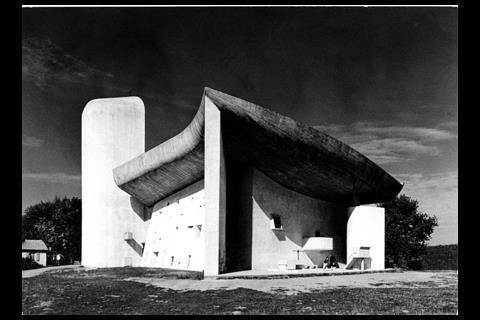

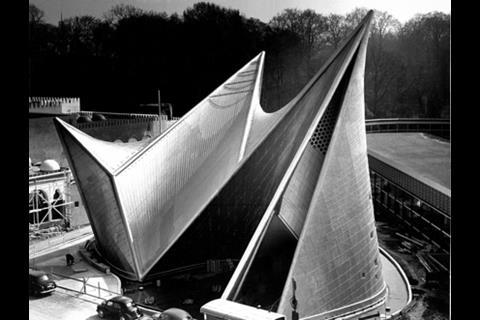
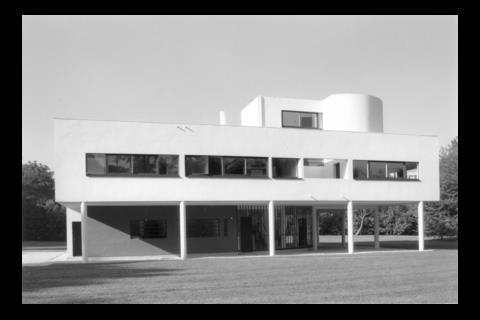
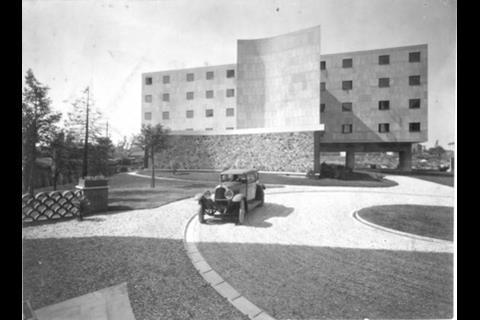
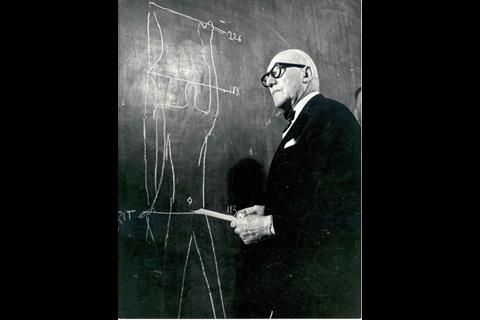







No comments yet